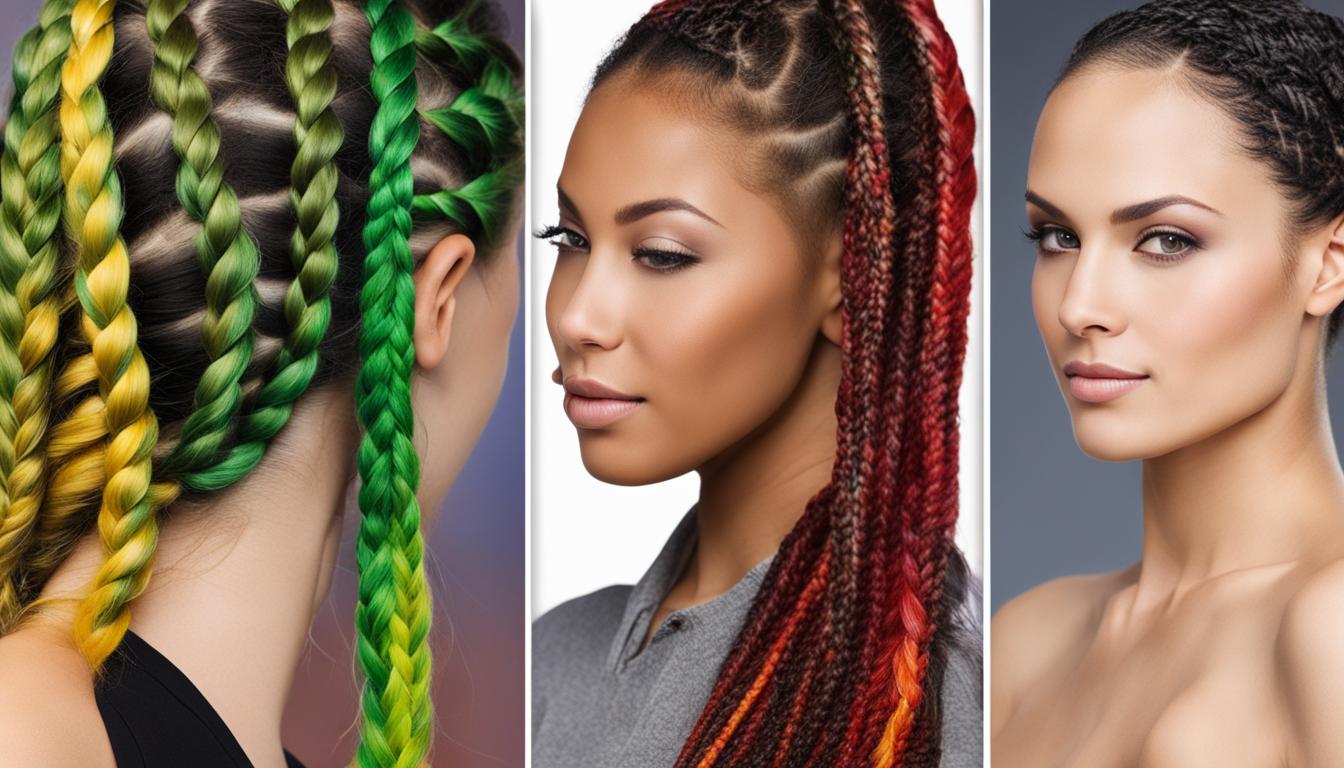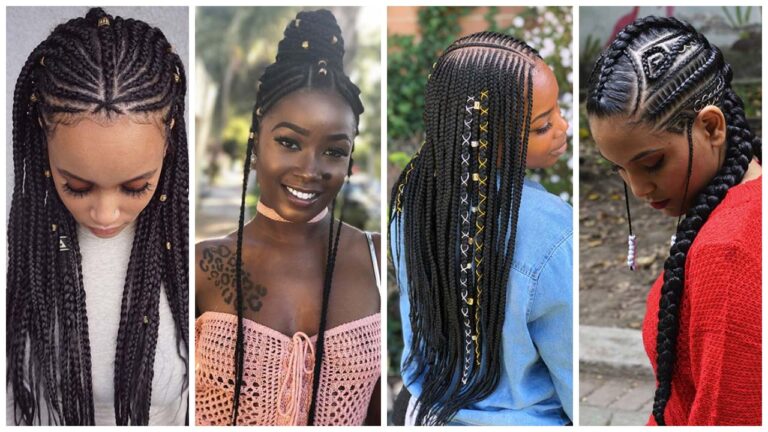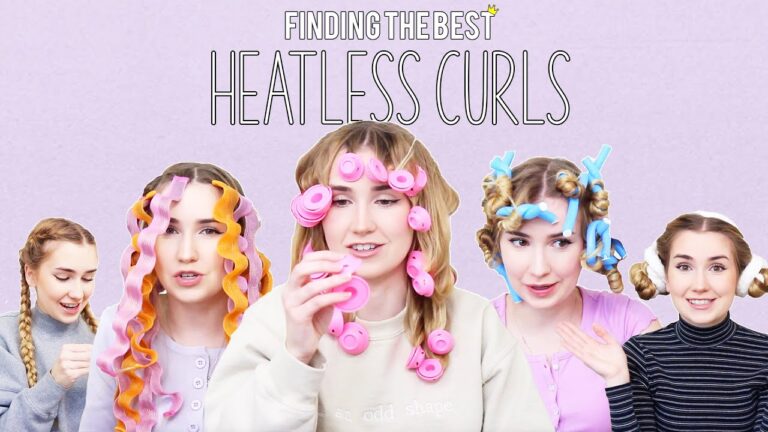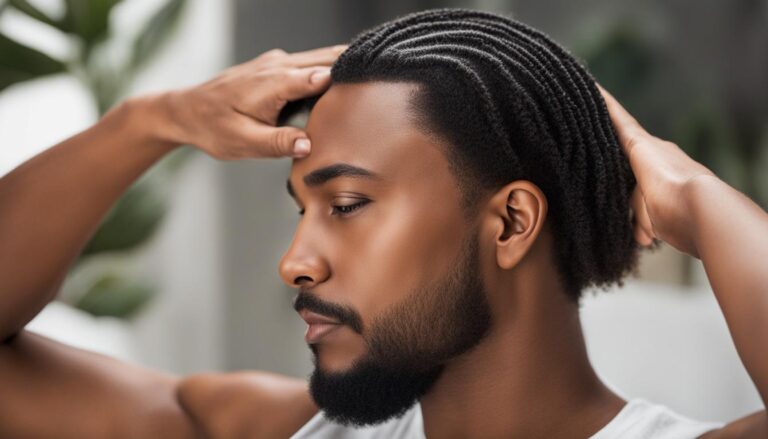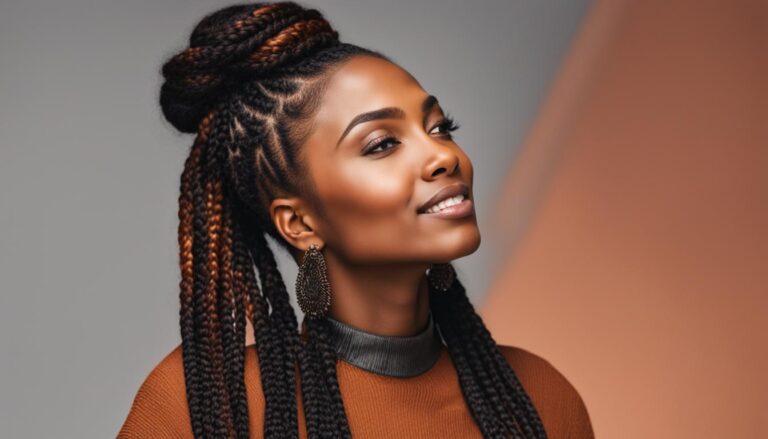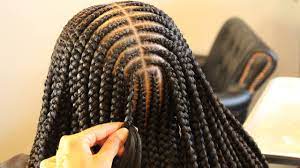Are Braids Bad for Your Hair? Uncovering the Truth About Braided Hairstyles
Braids have always been a beloved hairstyle, but concerns about potential hair damage have made many wonder if they are truly bad for your hair. In this article, I will delve into the negative effects of braiding hair and provide tips on how to protect your precious locks.
Key Takeaways:
- Braids can cause hair breakage and even hair loss if not done properly.
- Avoid tight braids and take breaks between wearing them to minimize damage.
- Moisturize your scalp before, during, and after wearing braids to keep your hair healthy.
- Interview your stylist, opt for knotless braiding, and use hydrating products for protection.
- Avoid wearing braids too tightly or for extended periods of time to protect your hair.
The Potential Damage of Braids: What Experts Say
When it comes to braided hairstyles, there is some concern about the potential damage they can cause to your hair. According to hair experts, braids can lead to hair breakage and even hair loss if not done properly. The tight pulling and constant tension on the hair can weaken the hair follicles and cause damage over time.
“Braids can be particularly damaging if they are done too tightly or if the hair is not properly moisturized,” says Dr. Rachel Johnson, a renowned hair expert. “This can lead to breakage along the hairline and even traction alopecia.”
“Traction alopecia is a form of hair loss that occurs when there is repeated pulling on the hair,” explains Dr. Johnson. “This can happen with tight braids, especially if they are worn for extended periods of time without a break.”
To minimize the risk of damage from braids, experts recommend a few key hair care tips. First, avoid getting your braids done too tightly, as this can put excessive strain on your hair follicles. Second, take breaks between wearing braids to allow your hair a chance to rest and recover. Finally, regularly moisturize your scalp before, during, and after wearing braids to keep your hair and scalp healthy.
Tips for Protecting Your Hair from Braid Damage
When it comes to braided hairstyles, it’s important to take steps to protect your hair from potential damage. Here are some tips to help you maintain healthy hair while rocking your favorite braids:
- Interview your stylist: Before booking an appointment, take the time to interview your stylist. Ask about their experience with braiding and their approach to minimizing hair damage. This will help ensure you’re in the hands of a skilled professional who prioritizes the health of your hair.
- Opt for the knotless braiding technique: Knotless braids are a gentler alternative to traditional braids. With this technique, the hairstylist gradually adds hair without using knots, reducing tension on the scalp and minimizing the risk of damage.
- Hydrate your hair after installation: Moisturizing your hair is essential after getting braids. Use hydrating products, such as leave-in conditioners or moisturizing oils, to keep your hair moisturized and prevent dryness and breakage.
- Soften build-up and matting when removing braids: When it’s time to remove your braids, avoid harsh pulling or tugging that can lead to breakage. Instead, use a product specifically designed to soften build-up and matting, making the removal process gentler on your hair.
Additionally, remember to regularly moisturize your hair and scalp, even while wearing braids. Dryness can lead to brittleness and breakage, so be sure to use hydrating products and oils. Lastly, avoid wearing braids too tightly or for extended periods of time. Give your hair breaks between wearing braids to allow your scalp and hair follicles to rest and recover.
Why is it important to protect your hair from braid damage?
Protecting your hair from braid damage is crucial to maintaining its overall health and appearance. Braids that are too tight or worn for extended periods of time can put excessive tension on your hair and scalp, leading to breakage and hair loss. By following these tips and taking necessary precautions, you can enjoy the benefits of braided hairstyles while minimizing the risk of damage to your hair.
Other Hairstyles That Can Cause Hair Damage
While braids are often associated with potential hair damage, it’s important to remember that they are not the only hairstyles that can have negative effects on your hair. There are other popular hairstyles that can also lead to hair breakage and damage if not done correctly or if worn excessively.
Tight ponytails, buns, and updos can put significant tension on the hair, leading to breakage and even traction alopecia. The constant pulling and strain can weaken the hair follicles over time, resulting in thinning and hair loss. Additionally, repetitive heat styling, such as flat ironing or using curling irons, can cause dryness, brittleness, and breakage.
“Tight hairstyles, especially when combined with heat styling, can have detrimental effects on the overall health of your hair,” says Dr. Jane Smith, a renowned trichologist. “It’s essential to give your hair regular breaks from these damaging hairstyles to allow for recovery and minimize the risk of long-term damage.”
In addition to tight hairstyles and heat styling, chemical treatments like perming and highlighting can also weaken the hair shaft and cause damage. Excessive brushing or vigorous towel drying can contribute to mechanical damage, leading to split ends and breakage.
It’s crucial to be mindful of the potential damage that different hairstyles and styling techniques can cause. Taking steps to minimize these risks, such as avoiding tight hairstyles, using heat protectant products, and incorporating regular deep conditioning treatments, can help protect your hair and maintain its overall health and appearance.

Conclusion
After uncovering the truth about braided hairstyles, it is clear that there is a potential for hair damage if not done properly. However, with the right hair care tips and precautions, you can enjoy the benefits of braids while safeguarding your hair.
Protecting your hair from braid damage requires some proactive steps. Start by interviewing your stylist before booking an appointment to ensure they prioritize your hair’s health. Opt for the knotless braiding technique, which reduces tension on the hair follicles. Hydrate your hair with proper products after installation and soften build-up and matting when removing the braids.
Moisturizing your hair and scalp regularly is crucial. Avoid wearing braids too tightly or for extended periods of time to minimize the risk of damage. It is also important to note that braids are not the only hairstyles that can cause hair damage. Tight ponytails, buns, updos, and excessive heat styling are all contributing factors. Taking a holistic approach to hair care and being mindful of different styling techniques can help maintain the overall health and appearance of your hair.
Remember, while braids have the potential to cause damage, there is no need to avoid them altogether. By following these hair care tips and prioritizing the health of your hair, you can confidently rock braided hairstyles without compromising your locks.
FAQ
Are braids bad for your hair?
Braids have the potential to cause hair damage if not done properly. The tight pulling and constant tension can weaken the hair follicles and lead to breakage and even hair loss.
How can braids damage your hair?
Braids can damage your hair by exerting tight pulling and tension on the hair follicles, leading to breakage and hair loss. Improper installation or wearing braids too tightly or for extended periods of time can contribute to the damage.
What can I do to protect my hair from braid damage?
To protect your hair from braid damage, you can take several steps, such as avoiding tight braids, taking breaks between wearing braids, moisturizing your scalp before, during, and after wearing braids, and using hydrating products for your hair after installation. It is also important to interview your stylist before booking an appointment and opt for the knotless braiding technique.
Can other hairstyles cause hair damage?
Yes, other hairstyles, such as tight ponytails, buns, and updos, can also lead to hair breakage and damage. Heat styling, perming, highlighting, and over-brushing can also contribute to hair damage. It is important to be mindful of the potential damage different hairstyles and styling techniques can cause and take steps to minimize the risk.

